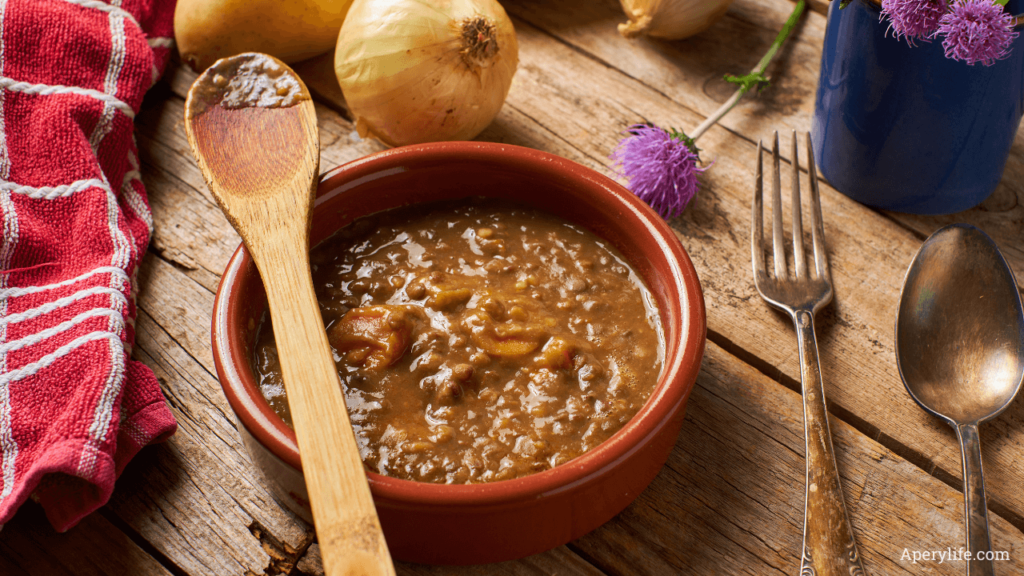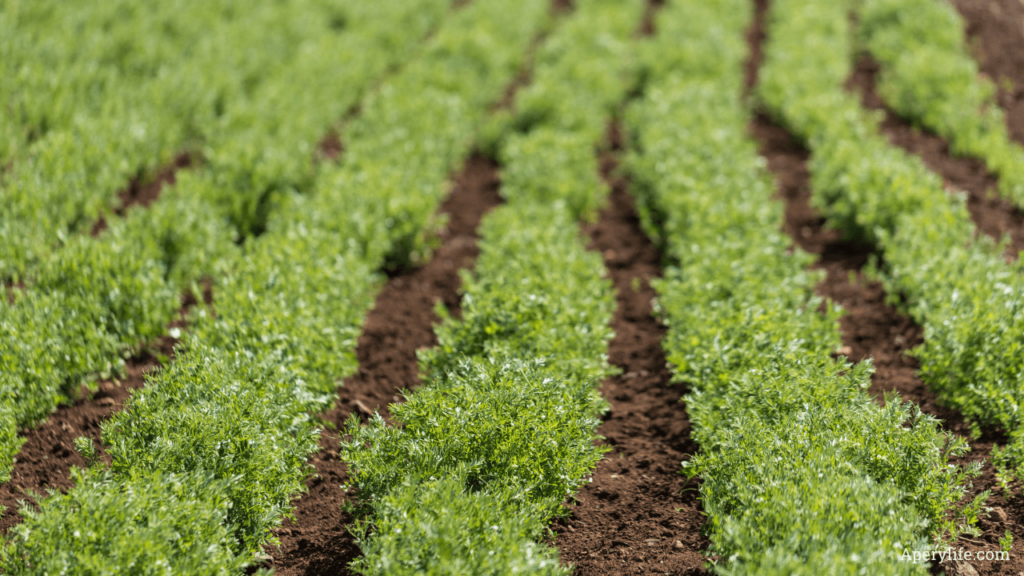Introduction
Red lentils are a precious food, cherished for their delicate flavor and versatility in cooking. Native to the Middle East and cultivated for millennia, these legumes are now widespread worldwide, representing a fundamental resource for balanced and sustainable diets. Perfect for soups, curries, and salads, red lentils are a staple ingredient that combines taste, health, and tradition.
Characteristics of Red Lentils
Red lentils are distinguished by:
- Color: They have a vibrant orange-red hue, adding a touch of color to dishes.
- Size: Smaller than other varieties of lentils, with a flat and rounded shape.
- Texture: Once cooked, they become soft and tend to break apart, making them ideal for creams and purees.
- Cooking Time: Cook quickly, in about 10-15 minutes, without the need for soaking.
Nutritional Properties and Benefits
Red lentils are a powerhouse of essential nutrients, offering numerous health benefits:
- Protein Source: Excellent for vegetarian and vegan diets, with high protein content.
- Rich in Fiber: Help regulate bowel movements and promote satiety.
- Low Glycemic Index: Contribute to stable blood sugar levels.
- Vitamins and Minerals: Contain iron, magnesium, phosphorus, and B vitamins, essential for energy and nervous system health.
- Easy to Digest: Compared to other legumes, red lentils are lighter and more easily tolerated.

Culinary Uses
Red lentils are highly versatile and lend themselves to numerous preparations:
- Soups and Stews: Ideal for creating warm and comforting dishes.
- Curries: Perfect for spiced curries from Indian cuisine.
- Creams and Purees: Great as a base for velvety soups or creamy side dishes.
- Salads: Can be added to cold salads for a touch of color and protein.
- Vegetable Burgers: Used as a main ingredient for patties and veggie burgers.
- Pasta and Risottos: Enrich sauces and condiments for first courses.
How to Grow Red Lentils
Growing red lentils is relatively simple and suitable for various climatic conditions:
- Climate and Soil: Prefer temperate climates and well-drained, low-fertility soils.
- Planting: Takes place in spring, with seeds planted at a depth of about 2-3 cm.
- Watering: Require moderate watering, avoiding water stagnation.
- Plant Care: Lentil plants are hardy and need little maintenance; it is important to remove weeds that may compete for nutrients.
- Harvesting: Takes place in summer when the plants are dry and the pods become brittle. The seeds are separated and stored in a cool, dry place.

Fun Facts About Red Lentils
- Symbol of Good Fortune: In many cultures, lentils are associated with prosperity and consumed during festivities to bring good luck.
- Ancient Cultivation: Lentils are one of the oldest legumes cultivated by humans, with traces dating back over 8,000 years.
- Sustainability: Lentil cultivation requires little water and has a low environmental impact, making them an eco-friendly food.
- Culinary Traditions: A staple ingredient in Indian, Middle Eastern, and Mediterranean cuisines, with recipes passed down through generations.
Precautions
Despite their numerous benefits, it is important to:
- Wash Thoroughly: Rinse them well before cooking to remove any impurities.
- Moderate Portions: Like all legumes, they can cause bloating if consumed in excess.
- Storage: Store in a cool, dry place in airtight containers to preserve freshness.
Conclusion
Red lentils are a complete and versatile food, ideal for those looking to combine taste, health, and sustainability in their cooking. Whether starring in traditional dishes or innovative recipes, these little pearls of nutrition are a valuable ingredient for any occasion.
All rights reserved © Copyright Aperylife.com